Algemene beschrijving
SkyCiv heeft een nieuwe krachtige functie, bestaande uit de plaatresponsspectrumanalyse, in het platform opgenomen. In dit artikel, we zullen een voorbeeld van een klein gebouw behandelen, zoals de volgende afbeelding laat zien. Het primaire doel is om enkele essentiële details uit te leggen wanneer u zelf een soortgelijke analyse uitvoert.
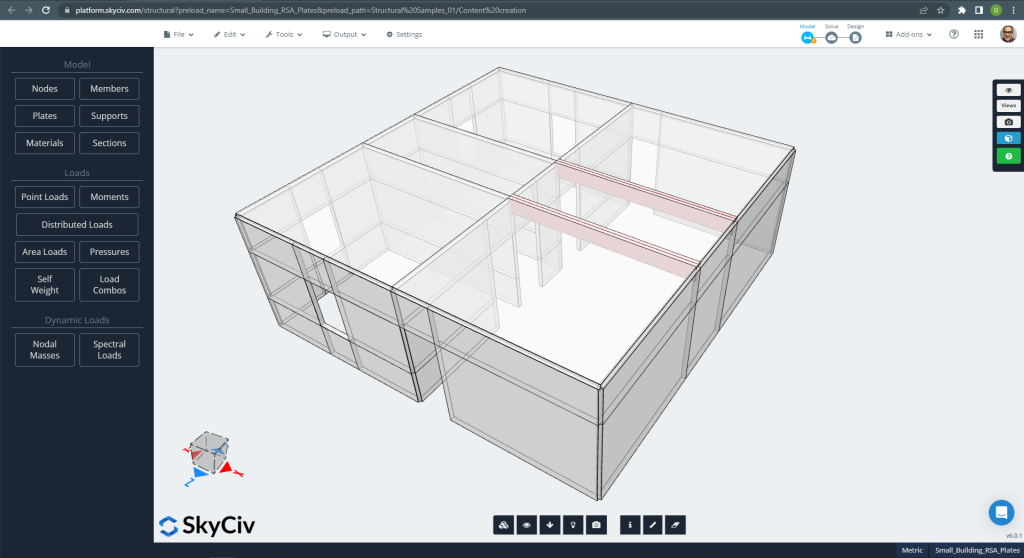
Figuur 1. Voorbeeld klein gebouw
Je kunt zien dat de kleine structuur van gewapend beton bestaat uit wanden en platen die zijn gebouwd met behulp van het SkyCiv-plaatelement. Bij het ontwerpen van het gebouw voor dynamische belastingen zoals aardbevingen, de meeste bouwcodes stellen een aantal methoden vast, zoals de ‘Response Spectrum Procedure of Analysis’ (RSA).’
De RSA bestaat uit het nemen van de versnelling op seismisch ontwerpniveau via een vloeiende curve die door de code wordt gegeven. U kunt deze SkyCiv-artikelen lezen: Reactiespectrumanalyse: Een bouwvoorbeeld en responsspectrumanalyse: Modale combinatiemethoden voor meer informatie en voorbeelden Reactiespectrumanalyse: Voorbeelden van gebouwen en Reactiespectrumanalyse: Modale combinatiemethoden.
Als je nieuw bent bij SkyCiv, Meld u aan en test de software zelf!
Eindige Elementenmodel: Platen dynamische analyse
Zodra de geometrie en materialen voor het voorbeeld zijn gedefinieerd, de volgende cruciale stap is het uitvoeren van een lineaire analyse van een vermaasde structuur. Kijk eens naar het model in figuur 2.
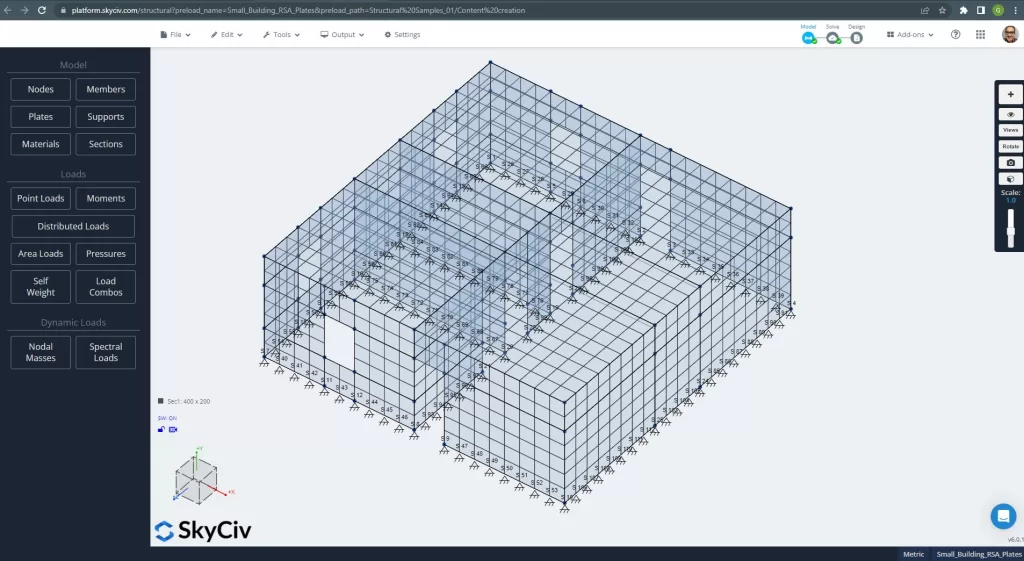
Figuur 2. Gemaasd klein gebouw
De bewegingsvergelijking die moet worden opgelost bij het uitvoeren van een responsspectrumanalyse heeft de vorm van:
\({Mij}{\punt{X_e}}+{C_e}{\punt{X_e}}+{K_e}{X_e}={-\punt{X_0}{(t)}{Mij}{J}}\)
Waarbij:
- \({Mij}\) is de consistente matrix voor massa's.
- \({C_e}\) is de dempingsmatrix (Vaak, deze waarde kan worden berekend als de lineaire combinatie van stijfheids- en massamatrices \({C_e}={\alfa}{K_e}+{\bèta}{M}\) ).
- \({K_e}\) is de stijfheidsmatrix.
- \({X_e}\) is de verplaatsingsvector ten opzichte van de basis van de constructie.
- \({X_0}{(t)}\) is de bodemverplaatsingsvector (Het heeft alle vrijheidsgraden: 3 verplaatsingen en drie rotaties).
- \({J}\) is een vector met unitaire componenten.
Due SkyCiv met behulp van de eindige elementenmethode voor platen, de matrix \({Mij}\) kan worden verkregen via de volgende uitdrukking voor kinetische energie:
\({E_c}={\frac{1}{2}}{\int_{vol} {\rho}{\punt{X}^ 2}{dw}vol}\) .
Wij schrijven nu de \(x\) verplaatsing als functie van de knooppunten en gebruik enkele interpolatie-uitdrukkingen (\(N_{X}^{T}\)).
\({X}=N_{X}^{T} {X}\). Als we deze waarde in de energievergelijking stoppen, we krijgen:
\({E_c}={\frac{1}{2}}{\punt{X}^{T}}\{{\int_{vol}{\rho}{N}{N^T}{d}{vol}}\} \punt{X} \)
Dus, we kunnen stellen dat:
\( M = {\int_{vol}{\rho}{N}{N^T}{d}{vol}}\)
Door de bovenstaande matrix te definiëren, kunnen we een modale analyse uitvoeren, die nodig is voor de dynamische analyse. Figuur 3 helpt ons met enkele aanbevolen inputs.
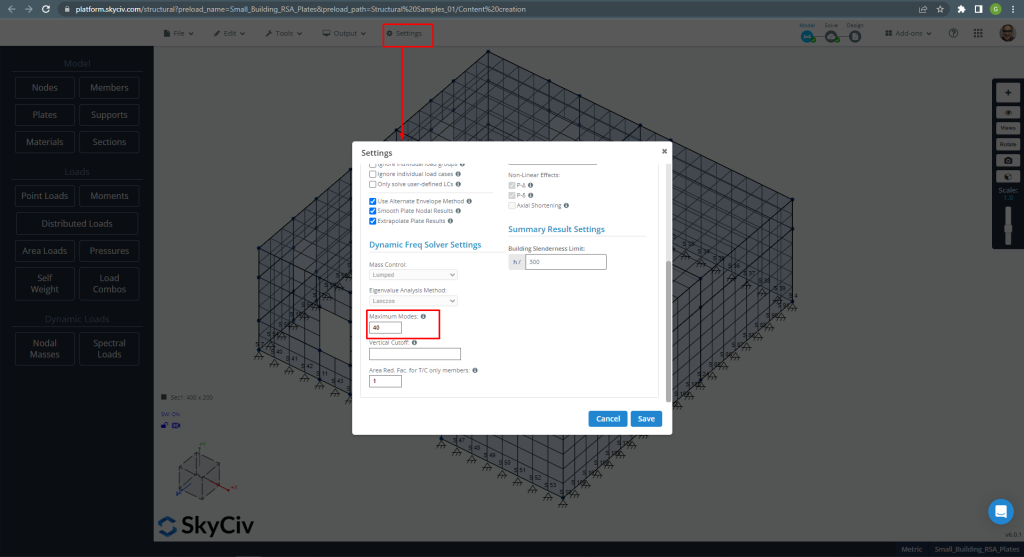
Figuur 3. Maximale beschouwde modi verhoogd tot 40
Het wordt aanbevolen om het totale aantal modi te verhogen totdat u strikt aan de codes voldoet. Dit zal van invloed zijn op de totale massaparticipatiefactoren, die een waarde moeten bereiken van 90%.
Spectrale belastingen
De volgende stap is het definiëren van de spectrale belastingen. We kunnen een aangepaste functie toevoegen of de cases gebruiken die eerder door het SkyCiv-platform zijn gebouwd. In dit voorbeeld wordt voor elk bouwplan hoofdrichting een ASCE-plot gebruikt. Controleer de ingangen in figuur 4 en figuur 5.
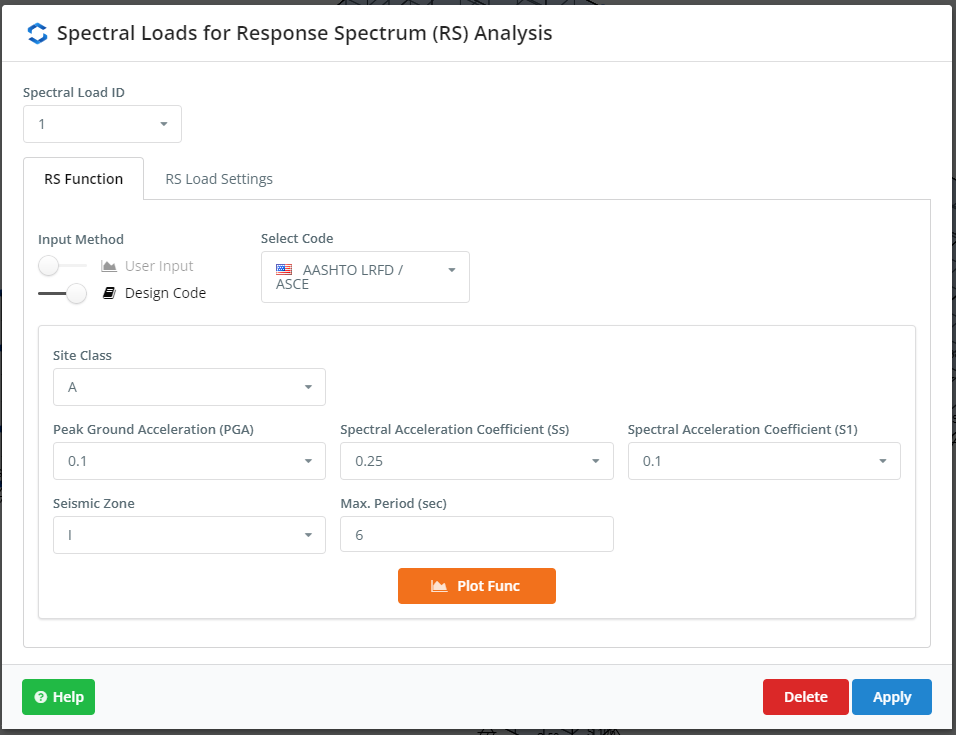
Figuur 4. Instellingen voor RSA, deel een
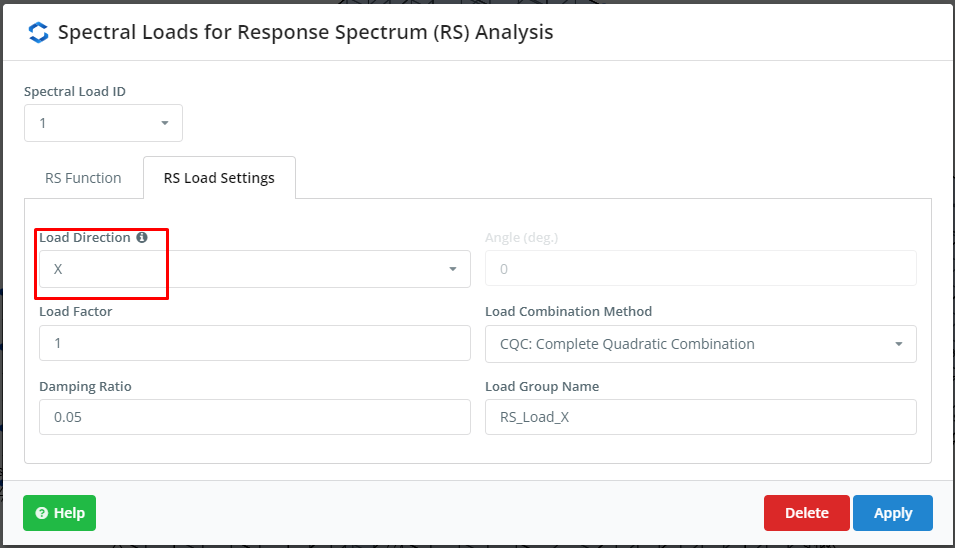
Figuur 5. Instellingen voor RSA, deel twee
Als je nieuw bent bij SkyCiv, Meld u aan en test de software zelf!
Resultatenanalyse en conclusies
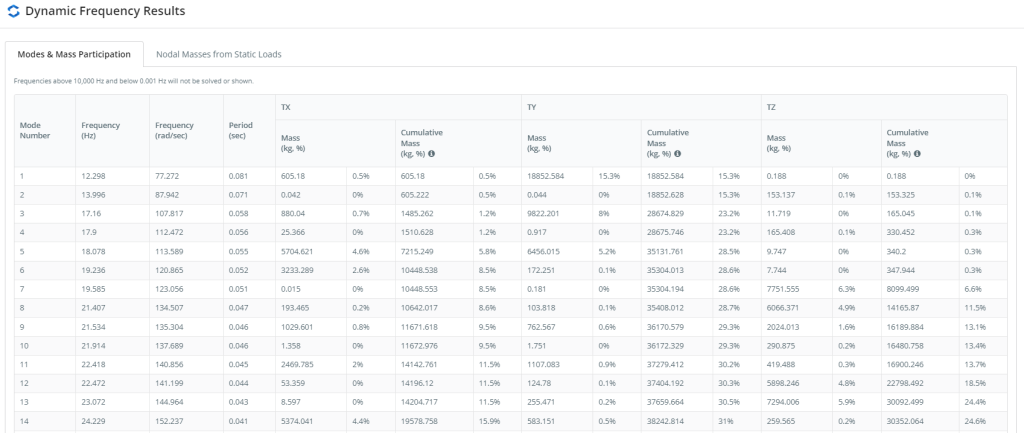
Figuur 6. Modi en massaparticipatie Samenvatting, deel een
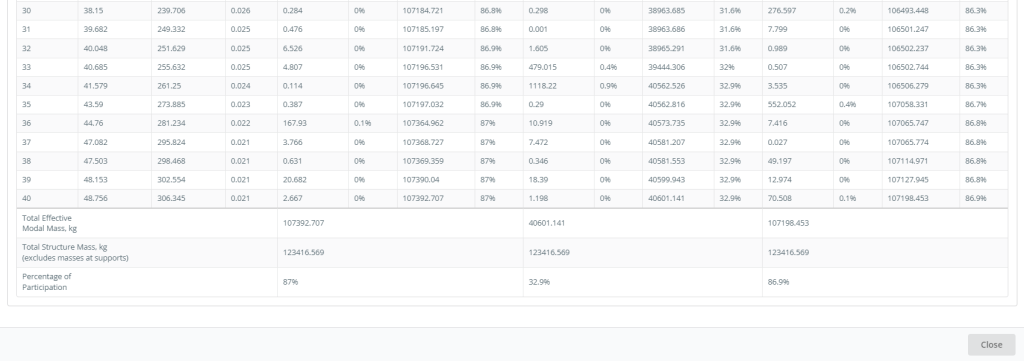
Figuur 7. Modi en massaparticipatie Samenvatting, deel een
Figuren 6 en 7 geef de modi en waarden voor massaparticipatie. Deze tabellen definiëren de belangrijkste modi in elke planrichting die overeenkomen met die met de hoogste waarden voor massaparticipatie.
Modus 24, T = 0.029 seconden, massale deelname = 44.80 % ‘x-richting’:
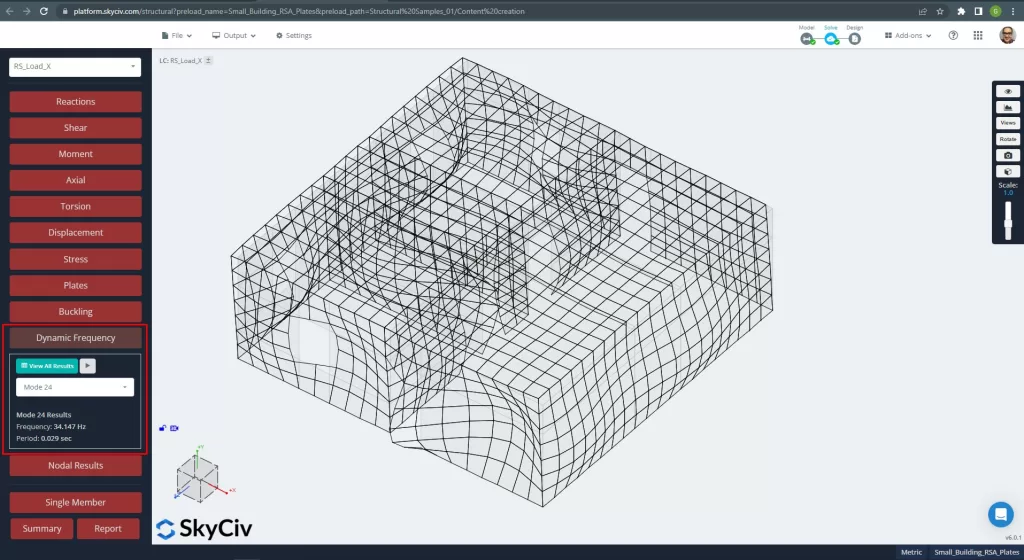
Figuur 8. Belangrijkste modale modus voor X-richting.
Modus 23, T = 0.030 seconden, massale deelname = 41.80 % ‘z-richting’:
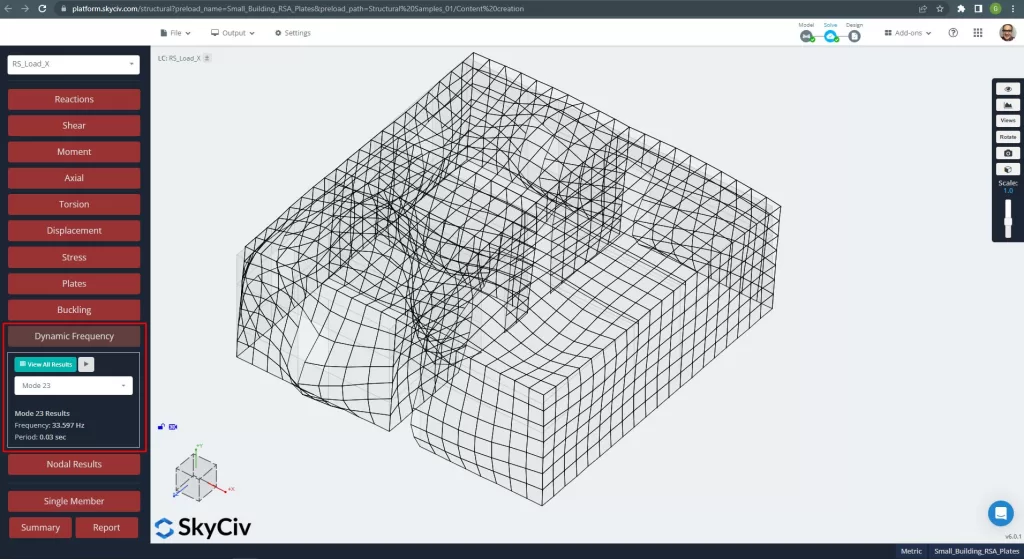
Figuur 9. Belangrijkste modale modus voor Z-richting.
SkyCiv geeft ook de verplaatsingen weer, krachten, benadrukt, enzovoort bij het uitvoeren van de RSA. De volgende afbeeldingen helpen ons te begrijpen hoe de gebouwen zich gedragen.
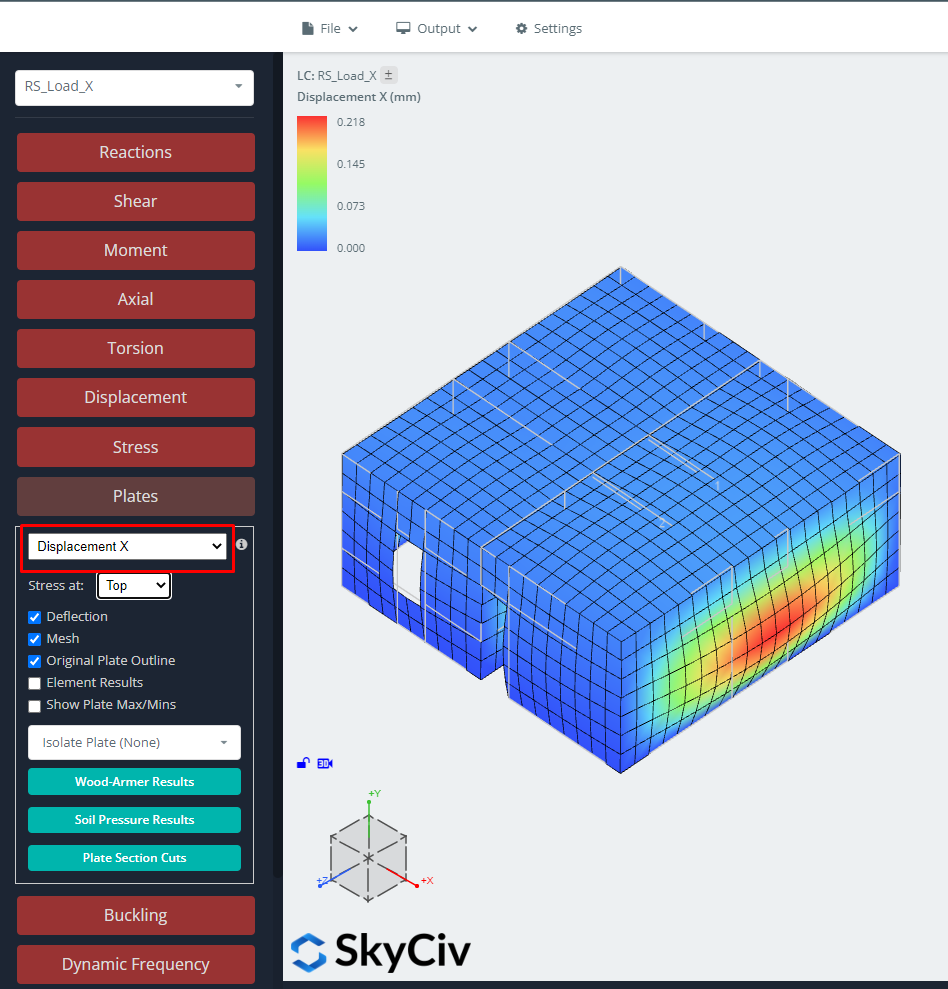
Figuur 10. Verplaatsingen in X-richting voor RSA-belastingsgeval.
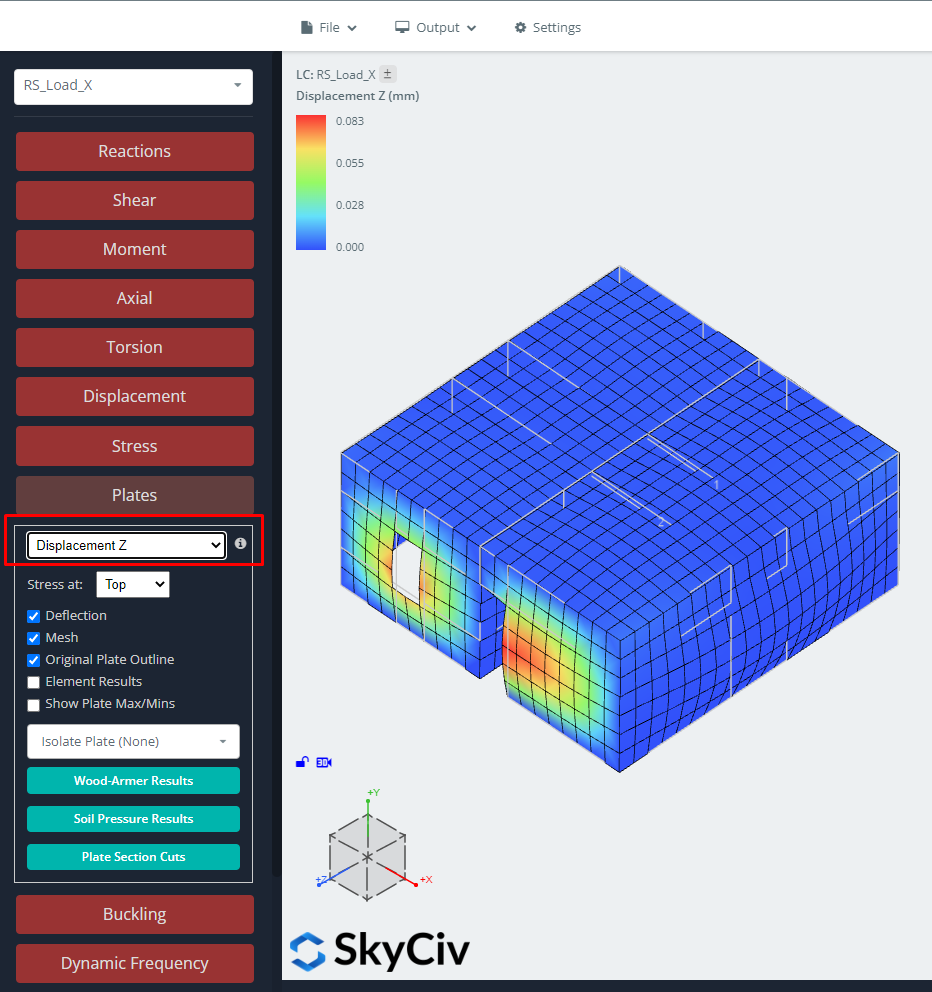
Figuur 11. Verplaatsing in de Z-richting voor RSA-belastingsgeval.
Met deze resultaten kunt u nu de plaatelementen ontwerpen. We raden u aan de SkyCiv-artikelen over Plate Design te lezen: Plaatontwerpmodule en toegepaste op code gebaseerde platenvoorbeelden in de volgende links: ACI, AS-3600 en Eurocode 2.
Ook, met SkyCiv, we kunnen de basisreacties voor het funderingsontwerp krijgen.
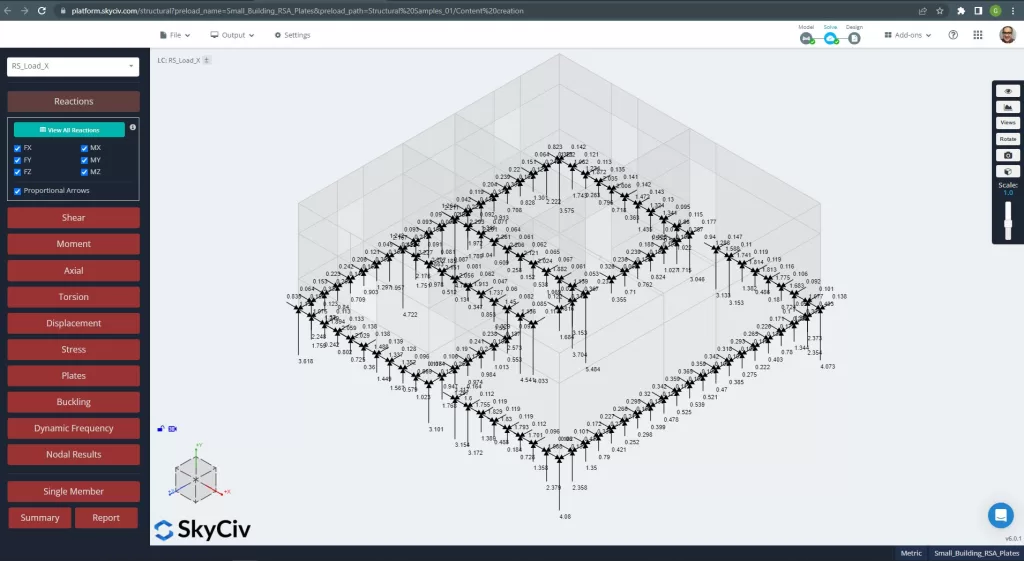
Figuur 12. Basisreacties voor RSA-belastingsgeval.
Houd rekening met de resultatenborden! Ze kwamen allemaal in positieve of absolute waarden. Dit komt omdat we voor elk ontwerponderdeel de maximale absolute waarden krijgen als we een RSA-methode gebruiken.
Als je nieuw bent bij SkyCiv, Meld u aan en test de software zelf!

